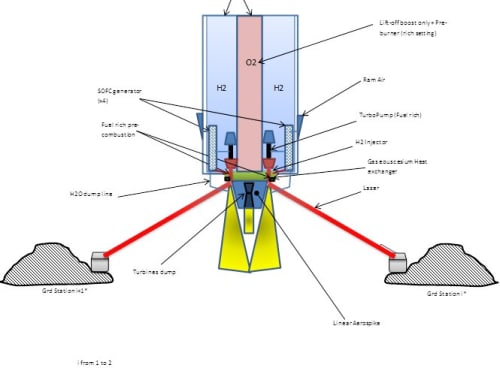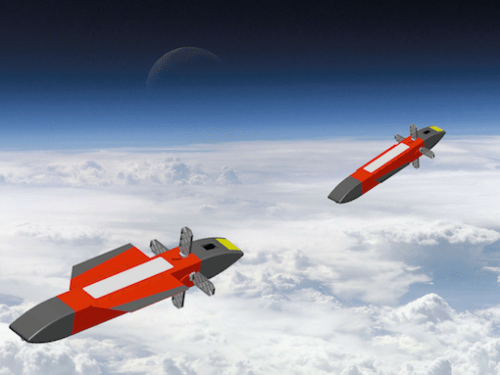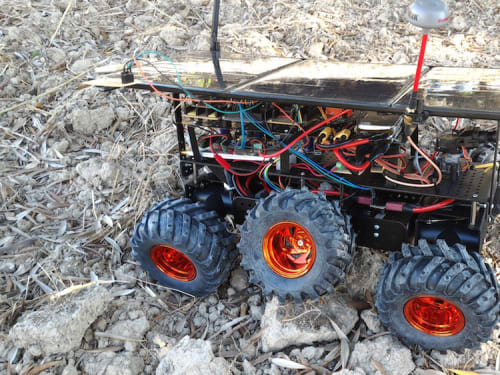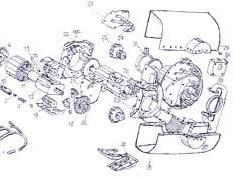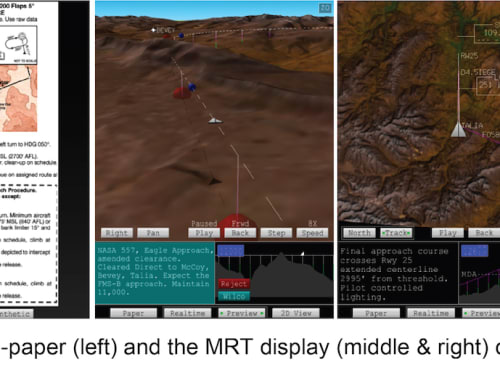2015
Aerospace & Defense
Hybrid rocket propulsion is a promising propulsion system which presents appealing features such as safety, low cost and environment friendliness. On the other hand certain issues like low regression rates, mixture ratio shifting, mixing inefficiencies, etc. restrict its use as a preferred propulsion system.
Riscram™ Rocked Ignited Supersonic Combustor Ramjet. Propulsion system for hypersonic aircraft with supersonic combustor. Mach 0 to 30 - Earth Sea Level to Space Exosphere.
Loss Of Control In-flight (LOC-I) is the most frequent cause of General Aviation accidents and incidents. The proposed concept aims at preventing the risk of occurrence of a LOC-I by providing an indication of the current margins to aerodynamic stall conditions, the most frequent cause of LOC-I.
Modern rocketry industry faces nowadays the full impact of a fully competitive market with a restricted access to manpower. Complex processes inherited from the massive investments of the rocket race age are today a source of risk despite their seemingly economic attractiveness. Simplification of components impact then directly the overall efficiency of rockets.
Numerous commerce and shipping companies are currently developing unmanned delivery concepts for every day products, but what about those not so usual types of cargo? For example, returning experiments from orbit or delivering critical supplies to remote disaster victims or other people in immediate need.
Smart Materials to Improve Aerodynamic Efficiency
The morphing technology, inspired by bat and bird flight, can enable an aircraft to adapt its shape to enhance mission performance and optimize flight altitude controlling efficiency. Present day aircraft structure is greatly influenced by morphing at different points of time.
SPoSER (Solar Powered Surveillance and Exploration Robot) is a 6WD terrestrial robotic platform with real-world applications to either aerospace/military/defense or environmental sectors. Typical applications may be surveillance of a dangerous area by the police or army, or monitoring of hazardous environments (e.g. nuclear accident), continuously providing, next to the real-time video, loads of vital measurements (e.g.
·1; Rotary-Turbo-InFlow Tech . Featured Development - GEARTURBINE PROJECT Have the similar basic system of the Aeolipilie Heron Steam Turbine device from Alexandria 10-70 AD * With Retrodynamic = DextroRPM VS LevoInFlow + Ying Yang Way Power Type - Non Waste Looses *8X/Y Thermodynamic CYCLE Way Steps. Higher efficient percent. No blade erosion by sand &
NASA’s Langley Research Center has developed a synthetic 3D visualization flight display, which presents flight data information in an intuitive way using 3D computer graphic capabilities. The flight crew can preview and rehearse flight maneuvers in a realistic environment. The display also provides an unimpeded visualization of the surrounding environment in the case of inclement weather,
N5 Sensors, Inc. of Rockville, MD is a University of Maryland spin-off commercializing a disruptive chip-scale gas sensor technology for industrial, environmental, and safety monitoring. N5’s microsensor arrays on a single chip could replace multiple conventional macro scale gas sensors used in portable multi-gas detector. These new sensors are small, accurate,
Page 9 of 12



